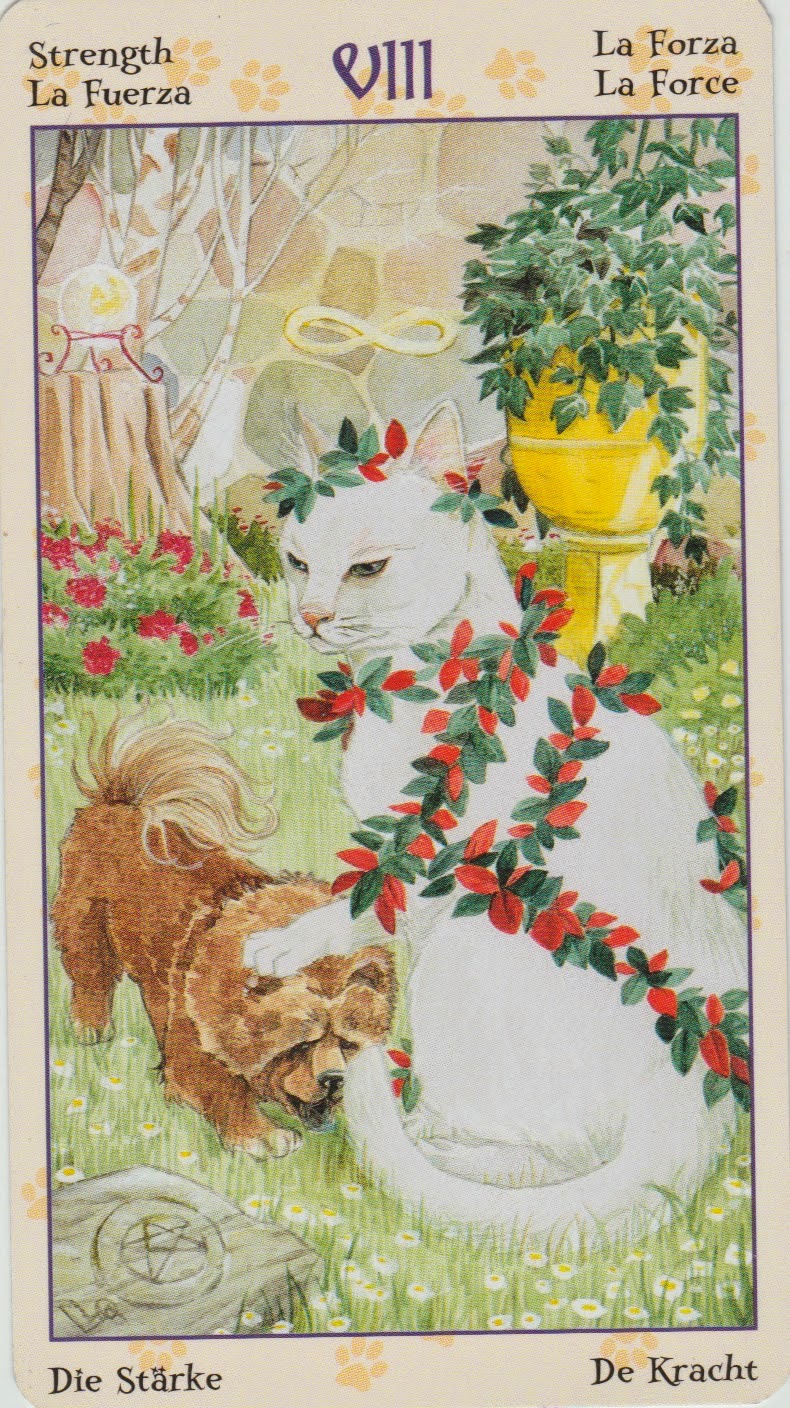 |
| "The Source" from "OSHO Zen Tarot"© by Deva Padma |
Most relationships alter over time and the relationship between a tarot reader and their client is no different. In a healthy relationship, both parties grow and become more than they were when they first met. So it is with a good tarot relationship. The basics are pretty standard. Keep everything confidential. When you’re with your client, be present and pay attention to their needs. Always tell the truth. Know what is your baggage and don’t impose it on the querent’s spread and never let them impose their baggage on you. Boundaries, people, boundaries.
The whole keeping your own baggage sounds like plain, common sense and therefore a no–brainer. It is common sense, but it is more difficult than it sounds for a reader new to professional tarot reading. Tarot readers are intuitive and each one of us has his, or her, own process. We are also empathic and here in lies the difficulty. To ‘read’ for someone you must tap into their energy flow and in doing so, allow it close enough to yourself without letting it overwhelm you. With that flow comes the querent’s fear, their skepticism, their frustration, confusion, anger and any number of thoughts and feelings. Our job as readers, other than to lay out brightly colored pieces of card stock, is to see past those emotions and interpret what the cards are saying.
The Celtic Cross spread delivers a lot of information and most
readers use a variation of this format. The most insightful positions in this spread are position #7, the querent’s view of the situation, or their mindset going into the reading, and position #9, what the cards want your client to consider about themselves or the situation – what can’t, or shouldn’t be ignored. These positions strip the reading down to its essentials and are more important in a sense than the outcome cards, #6 and #10. When properly viewed, these positions can have a lasting, positive effect on the client. They are also the positions where the querent gets slapped in the face with their issues, if slapping is required. Sometimes, when the slap is too hard, or the information too difficult for the querent to face over the long-term, the querent will decide to end the tarot relationship.
 |
| From Corrine Kenner and John J. Blumen's "Wizard's Tarot"© |
Readers are people, highly sensitive, open people, but still people. When a client is dissatisfied we tend to look inside ourselves first. Sometimes that’s appropriate, but more often than not, it isn’t. Long-term clients leave readers because either the issue that lead them to the reader in the first place has resolved itself, or the card patterns in the readings haven’t significantly changed over time and the querent becomes dissatisfied with the readings. As tarot readers, we know that the card patterns haven’t changed because the querent’s responses and actions in the situation have not changed. Definition of insanity: continually repeating the same actions and expecting a different result.
It’s important for the reader not to take on more than their share of responsibility for the end of a relationship with a querent. Consider the components of the relationship I mentioned earlier. Use it as a checklist. As a reader, did I show up on time? Did I give them my full attention? Did I judge them by my own standards? Did I keep a respectful distance between the querent’s issues and myself? Did I honor the boundaries of professional conduct? If you did all those things, then release your client with love and move on. They have taken another step in their journey and you are not meant to go with them for whatever reason. Know that you helped as best as you could and that you operated from the highest of intentions. As tarot readers, we stand by the path and hold up a light. Whether or not someone chooses to use our light to help them find their way is always their choice and never ours.
LADY ORACLE








Justice+Wizard's+Tarot.tiff)



